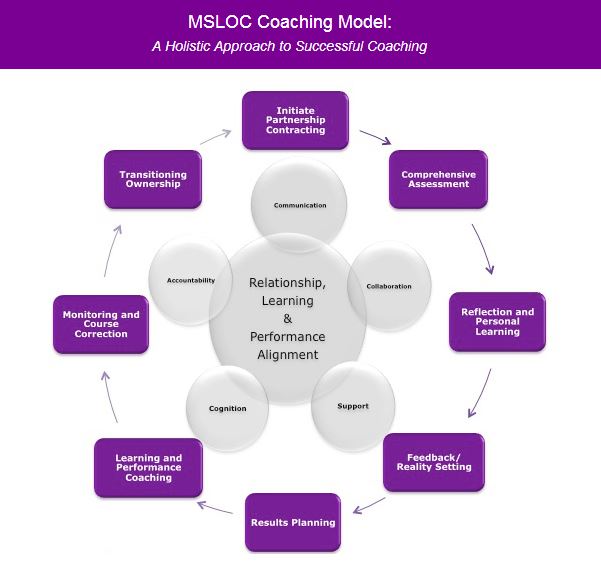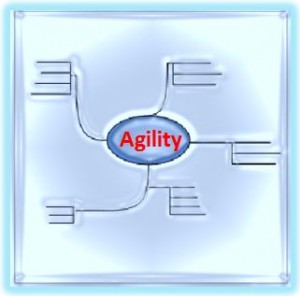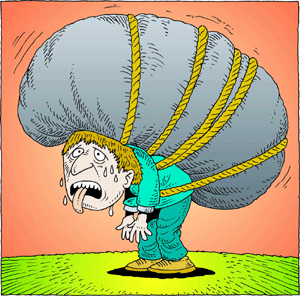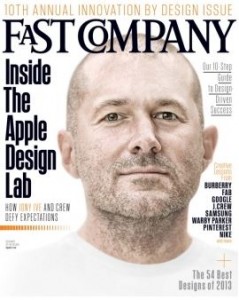Are MOOCs Changing the Way We Learn?
Wednesday, February 12th, 2014 Massive open online classes (MOOCs) burst onto the education scene over the last few years. Millions of people have taken them with some classes hitting initial enrollments of 100,000 plus! The New York Times dubbed 2012 the Year of the MOOC and the likes of Stanford, Harvard, MIT and Northwestern are MOOCing their educational content and learning experiences.
Massive open online classes (MOOCs) burst onto the education scene over the last few years. Millions of people have taken them with some classes hitting initial enrollments of 100,000 plus! The New York Times dubbed 2012 the Year of the MOOC and the likes of Stanford, Harvard, MIT and Northwestern are MOOCing their educational content and learning experiences.
Studying the effectiveness of MOOCs is a hot topic and definitely relevant for cognitive designers. So I am always on the lookout for scientific quality studies with design implications. For example, a series of working papers has been released on several of the MOOCs run on edX. These MITx working papers include a summary of the experience and papers on individual MOOCs ranging from solid state chemistry to fighting global poverty.
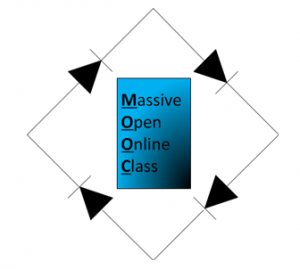 A few of the findings hint at non-traditional learning phenomenon. For example, not surprising completion rates are very low but there is some evidence that those that drop out still engage with the materials during/after the course. This signals big interest in getting access to world-class content but less interest in engaging in structured learning. On average, 50% of the students are leaving within two weeks of enrolling. Further supporting this hypothesis.
A few of the findings hint at non-traditional learning phenomenon. For example, not surprising completion rates are very low but there is some evidence that those that drop out still engage with the materials during/after the course. This signals big interest in getting access to world-class content but less interest in engaging in structured learning. On average, 50% of the students are leaving within two weeks of enrolling. Further supporting this hypothesis.
Interested to hear from readers that are evaluating MOOCs and considering how we can use them to support and enhance the cognition of learning.



